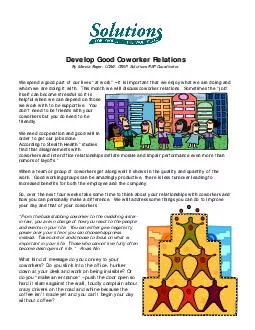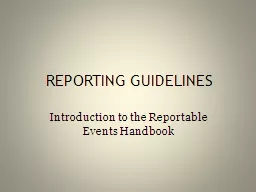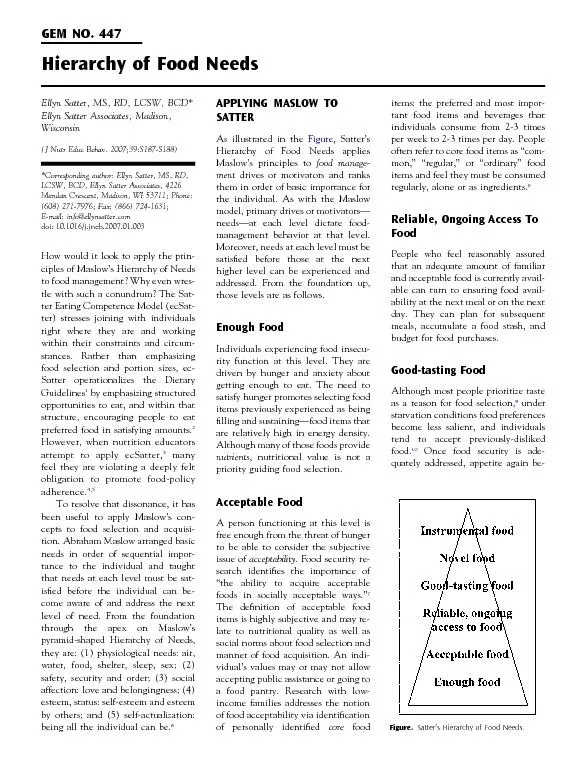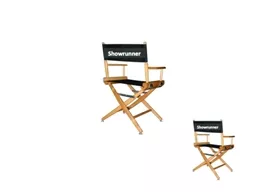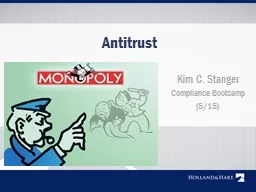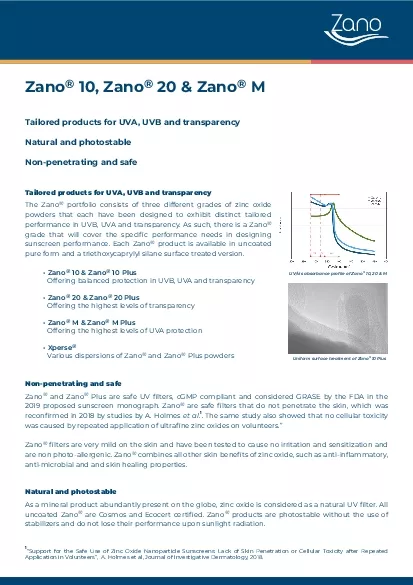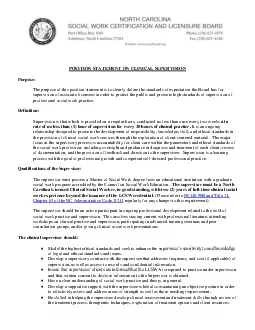PPT-UVA FEAP Mary Sherman, LCSW, CEAP
Author : trish-goza | Published Date : 2016-07-21
4342432643 STRATEGIES FOR ADVANCED CUSTOMER SERVICE GOALS FOR TODAY CHARACTERISTICS OF DIFFICULT CUSTOMERS POWER OF SELF AWARENESS and SELF CARE POWER OF EMPATHY
Presentation Embed Code
Download Presentation
Download Presentation The PPT/PDF document "UVA FEAP Mary Sherman, LCSW, CEAP" is the property of its rightful owner. Permission is granted to download and print the materials on this website for personal, non-commercial use only, and to display it on your personal computer provided you do not modify the materials and that you retain all copyright notices contained in the materials. By downloading content from our website, you accept the terms of this agreement.
UVA FEAP Mary Sherman, LCSW, CEAP: Transcript
Download Rules Of Document
"UVA FEAP Mary Sherman, LCSW, CEAP"The content belongs to its owner. You may download and print it for personal use, without modification, and keep all copyright notices. By downloading, you agree to these terms.
Related Documents


